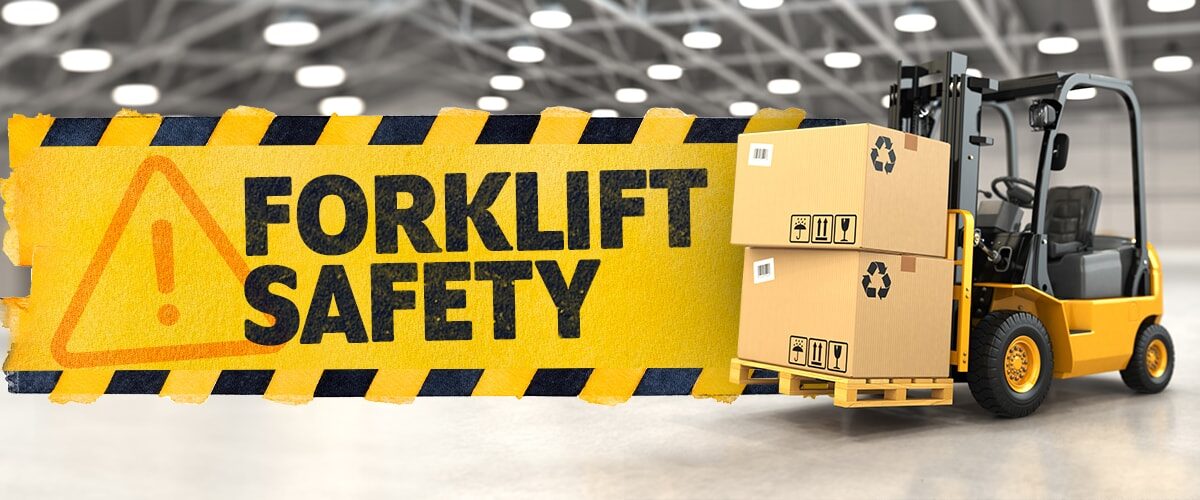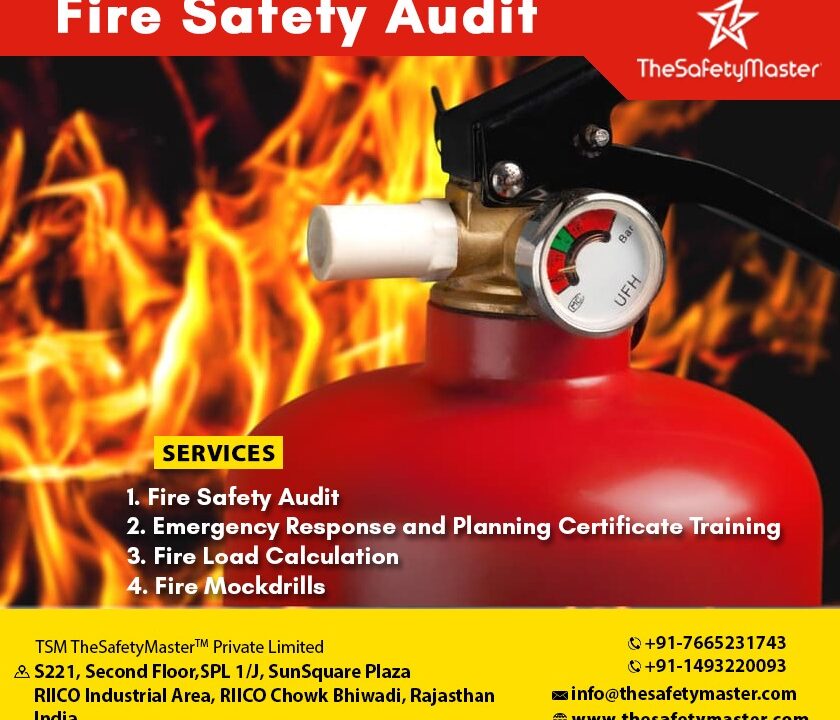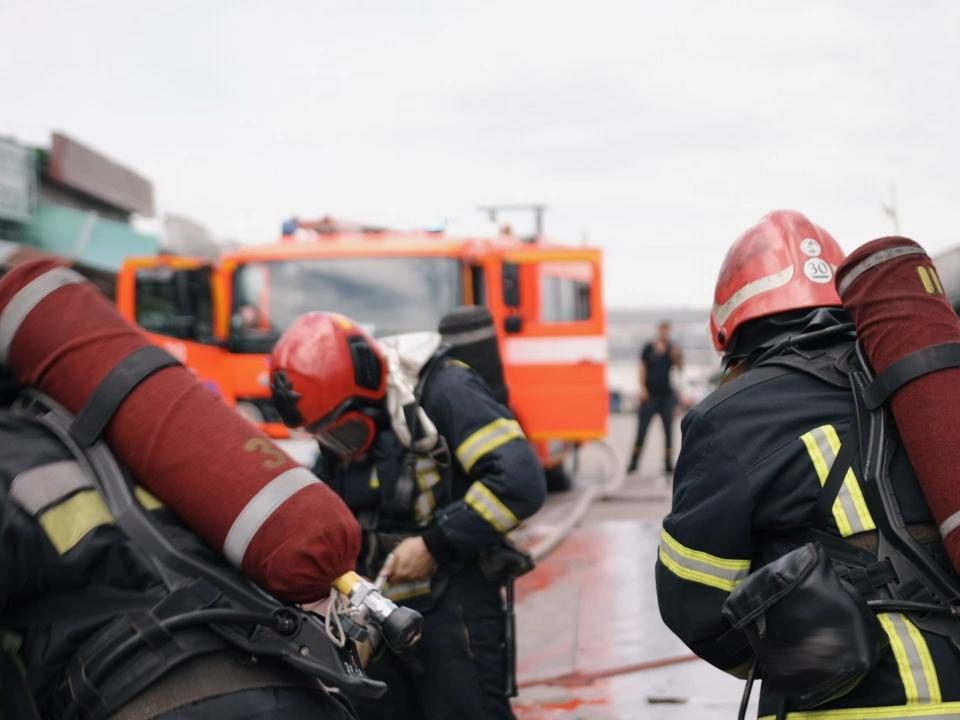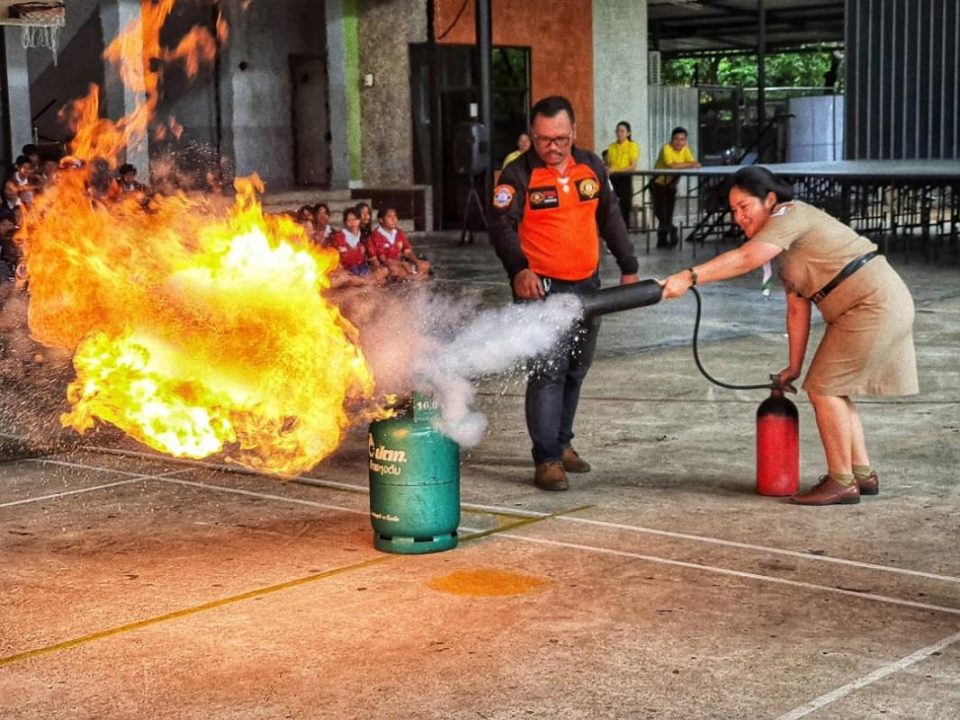Forklift Safety: Guidelines for Operating and Working Around Forklifts on Construction Sites – The Safety Master
Forklifts are indispensable machines in the construction industry, facilitating the movement of heavy materials with ease. However, their efficiency comes with significant risks if not handled properly. In this guide, we’ll delve into essential guidelines for operating and working around forklifts on construction sites to ensure safety remains the top priority.
Understanding the Importance of Forklift Safety
Operating a forklift without proper training and adherence to safety protocols can result in accidents, injuries, and even fatalities. Therefore, understanding and implementing forklift safety measures is paramount for both operators and those working in close proximity to these powerful machines.
Exploring Different Types of Forklifts
Forklifts come in various types, each designed for specific tasks and environments. From counterbalance forklifts to reach trucks and rough terrain forklifts, understanding the differences between them is crucial for safe and efficient operation.
Understanding Forklift Components
Before operating a forklift, it’s essential to familiarize yourself with its key components. From the mast and forks to the overhead guard and hydraulic systems, knowing how each part functions ensures safe operation and maintenance.
Key Components of a Forklift
- Steering Wheel: Controls the direction of the forklift.
- Forks: Used to lift and transport materials.
- Mast: Raises and lowers the forks.
- Hydraulic System: Powers the lifting mechanism.
- Operator Cab: Provides a safe enclosure for the operator.
Operating a Forklift Safely
Safe operation of a forklift requires adherence to specific practices and procedures. From proper loading and unloading techniques to maneuvering safely through construction sites, operators must follow guidelines to minimize risks.
Pre-Operational Checks
Before using a forklift, operators must perform pre-operational checks to ensure the machine is in proper working condition. This includes inspecting various components such as brakes, tires, and fluid levels.
Inspection Checklist
- Brakes: Ensure they are functional and responsive.
- Tires: Check for signs of wear and proper inflation.
- Fluid Levels: Ensure adequate levels of hydraulic fluid, coolant, and fuel.
- Lights and Horn: Test for proper functioning.
- Forks and Attachments: Inspect for damage or defects.
Safe Loading and Unloading
Proper loading and unloading procedures are essential for preventing accidents and injuries. This includes securing loads, maintaining stability, and using caution when operating in confined spaces or on uneven terrain.
Navigating Through Construction Sites
Construction sites can present various hazards for forklift operators, including uneven terrain, limited visibility, and the presence of other workers and equipment. Operators must exercise caution and be aware of their surroundings at all times.
Safety Protocols for Non-Operators
Even individuals who are not operating forklifts directly must follow safety protocols when working around these machines. This includes maintaining a safe distance, staying alert, and communicating effectively with operators.
Pedestrian Awareness
Pedestrians should always be vigilant when walking near forklifts, ensuring they are visible to operators and avoiding sudden movements that could lead to accidents.
Identifying Common Hazards
Understanding common hazards associated with forklift operation is essential for risk mitigation. From tip-overs and collisions to falls and load instability, being aware of potential dangers can help prevent accidents.
Tips for Hazard Mitigation
- Proper Training: Ensure all operators receive comprehensive training.
- Regular Maintenance: Schedule routine maintenance and inspections.
- Clear Communication: Establish clear communication protocols on construction sites.
- Safe Speeds: Encourage operators to maintain safe speeds and avoid reckless driving.
Importance of Proper Training
Proper training is the cornerstone of forklift safety. Operators must undergo comprehensive training programs to learn about forklift operation, safety procedures, and emergency protocols.
Ongoing Training and Certification
Training should not be a one-time event. Ongoing education and certification ensure operators remain up-to-date on safety practices and regulatory requirements, reducing the risk of accidents and injuries.
Handling Emergencies Effectively
Despite best efforts to prevent accidents, emergencies can still occur. Operators and workers must be prepared to handle emergencies effectively, whether it’s a mechanical failure, a medical emergency, or a hazardous materials spill.
In conclusion, prioritizing forklift safety is crucial for maintaining a secure working environment on construction sites. By understanding the importance of safety protocols, adhering to proper operation procedures, and remaining vigilant of potential hazards, operators and workers can minimize risks and prevent accidents. Remember, safety is everyone’s responsibility.
FAQs
1. What are the consequences of not following forklift safety guidelines? Ignoring forklift safety guidelines can result in accidents, injuries, and even fatalities, along with potential legal and financial repercussions for employers.
2. How often should forklift operators undergo training and certification? Forklift operators should undergo initial training and certification before operating a forklift and receive regular refresher courses at least once every three years.
3. Are there specific regulations governing forklift operation on construction sites? Yes, various regulations, such as OSHA’s standards, govern forklift operation on construction sites, outlining requirements for training, operation, and maintenance.
4. What should I do if I witness a forklift-related accident on a construction site? If you witness a forklift-related accident, immediately notify the site supervisor or designated safety officer and provide assistance as needed while following established emergency procedures.
5. Can forklift safety measures be applied to other industrial settings besides construction sites? Yes, many forklift safety guidelines are applicable across various industrial settings where forklifts are used, including warehouses, manufacturing facilities, and distribution centers.






